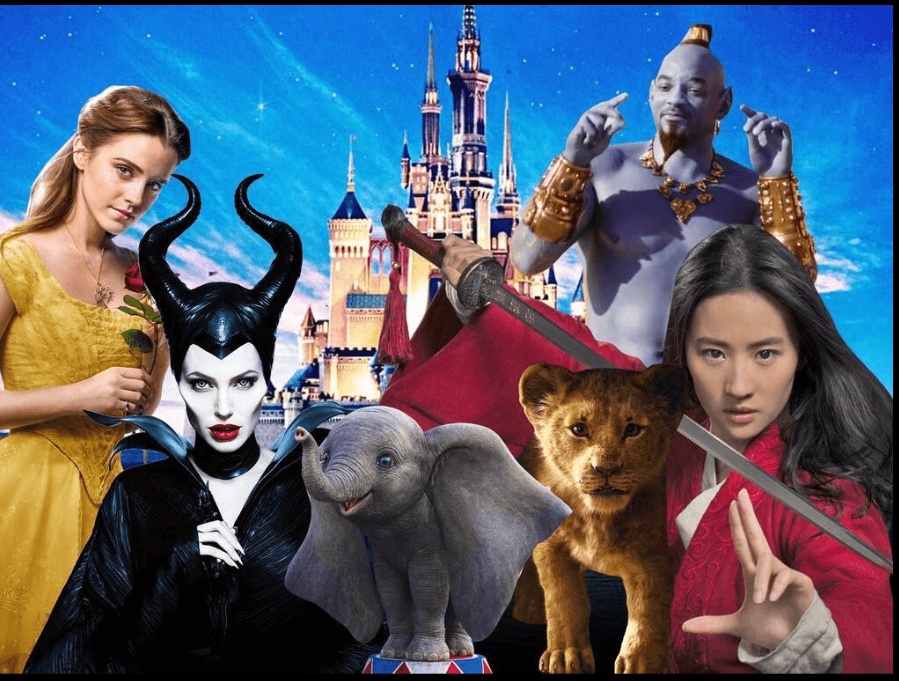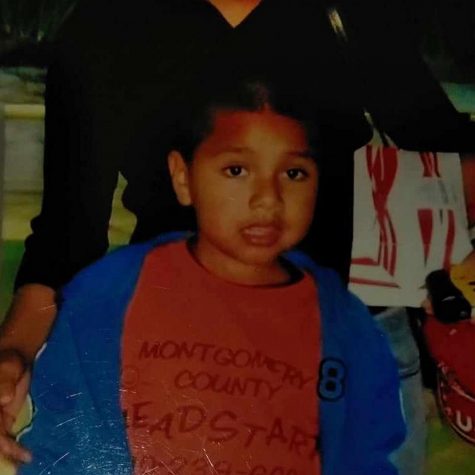It’s a Tale as Old as Time: Disney Live-Action Remakes are Unoriginal Cash Grabs
Live-action remakes will never be able to replicate the magic and charm the animated originals hold.
October 16, 2020
When you hear that your favorite animated childhood film is getting a live-action adaptation, you’re either excitedly anticipating it or praying that it doesn’t ruin the great piece of art that it already is. There have been countless instances in which great animated films get live-action adaptations that don’t give off the same vibe as the original work and end up being inferior versions. Animated works like “The Lion King” (1994), “Beauty and the Beast” (1991), “Avatar the Last Airbender” (2006), “Death Note” (2007), and “Aladdin” (1992) are some of the few examples of cinematic masterpieces that received unnecessary live-action adaptations.
Many of these live-action adaptations strip key elements from the original movie and then end up making alterations that make the film feel incomplete. Some of the key elements that live-action adaptations remove or change include, but are not limited to, aspects like storytelling, character designs, and colorful settings. Ever since the success of the live-action adaptation of “Alice in Wonderland” (2010), Disney found a way to make huge profits remaking classic movies that everyone enjoyed.
One of the most recent live-action adaptations that came out was “Aladdin” (2019) and it wasn’t received positively. With ratings like 57% on Rotten Tomatoes and 53% on Metacritic, it is safe to say that not many people enjoyed it compared to the original animated version, which has a 95% on Rotten Tomatoes and an 86% on Metacritic. One of the major reasons why the 2019 remake was received negatively was because it failed to execute some of the moments that the original version was able to display.
A classic musical number like “One Jump Ahead” in which Aladdin is being chased by the guards for stealing bread is executed perfectly in the animated version. From the bright blue sky to the colorful clothing and surrounding homes taking place in the deserts of Agrabah, these are small details that the live-action adaptation was not able to accomplish. Live-action adaptations are always limited because it’s harder and sometimes impossible to mimic details that the original animated versions do. The original version is also able to execute wild stunts and movements that would otherwise be impossible for the live-action actors to pull off. “Aladdin” is filled with moments like these, and if the live-action version isn’t able to execute scenes as well as the original, it is bound to feel off.
Colorful settings and body movements are not the only aspects that live-action adaptations fail to pull off. The live-action adaptation “Beauty and the Beast” (2017) changes scenes that gave the original version life and charm.
Consider the famous “Belle” musical scene in which Belle sings as she walks around the neighborhood talking about the book she just read that she can’t help but escape into. The animated version showcases more of Belle’s emotional affection towards her love for reading while the live-action makes Belle appear as if she isn’t as affectionate with her books.
In the original movie, Belle showcases her affection for reading, getting carried away as she is eager to start a conversation about her book with a townsperson before he cuts her off to continue his work. In the live-action version, she spends about a few seconds talking about her book before she walks away. Small moments like these didn’t carry out the same feeling which made Belle’s love for reading seem unexciting. The live-action character designs were also a flaw in the movie since they were not meant to be made into live-action. The design of Beast looks unpleasant with its scary, dark, grimy emotions displayed throughout the movie compared to the original in which Beast is able to show charm at the right moments while still being a supernatural creature.
Although the “Beauty and the Beast” characters looked awful, they were at least able to showcase something that ” The Lion King” (2019) failed to carry out. Every film has joyful and downhearted moments that give it a relatable feeling that we all go through. The original animated version of “The Lion King” nailed these specific moments by adding exaggerated facial expressions to the characters, which further pushed their emotions. An example of this is when Simba notices a stampede is coming towards him and as he watches, the camera zooms in from afar to showcase the terror in his face. The 2019 photo-realistic version is just a compilation of bland emotions even when it comes to Simba seeing his father’s dead body on the floor. Facial expressions on animals are completely different compared to humans because expressing emotions through the face is something that is natural for us and since the remake was trying to make everything realistic as possible, they were limited to displaying these features.
Showing facial expression is easily the most important aspect of a movie and if the creators aren’t able to showcase this then all emotions are lost and we are left guessing what they are feeling at the moment.
Although some of these live-action adaptations received poor reviews, they were not considered flops, they were actually some of the highest selling movies of their year in the box office. It seems like nostalgic value and heavy promotions were some of the reasons why these live-action films sold well. As these live-action movies continue to be made, the stereotype that animation is only for kids will continue to grow which is upsetting since animation is truly the superior version of storytelling.




Lydia Gross • Oct 19, 2020 at 8:55 am
It’s essentially like this: Disney forgot what made those movies special, and it wasn’t that they were animated.
For example, let’s say they wanted to remake Fantasia in live-action. It doesn’t matter how cool they make Chernabog look in live-action, the point of Fantasia was to set classical music to animation. Disney is a multi-million dollar company, and it’s sad that they’re limiting themselves to retelling stories that they’ve already retold.
ashlynn grube • Oct 16, 2020 at 10:29 am
this is very true
Jessica • Oct 16, 2020 at 10:10 am
The live action movies were also a way to re-tell the story in a less socially/culturally egregious way. Why we hold revered nostalgia for something that was tragically flawed to begin with? Why do we need to accurately re-tell stories that should have never been shared by a global media megapower to begin with?
“Aladdin” gave a violent and gruesome portrayal of middle eastern cultures and “Beauty and the Beast” condoned domestic abuse and feminine submissiveness. The live-action versions gave a chance for Disney to respond to the scores of critical media outrage with these original films that are, quite frankly, cringe-worthy from a feminist/anti-racist standpoint. While issues still exist in the films, Princess Jasmine was re-imaged as an empowered woman rather than helpless sex symbol.
I agree that pretty much all Disney films are a cash grab. Michael Eisner, Disney’s president and CEO at the time of their biggest blockbusters famously said, “We have no responsibility to educate… to make money is our only objective.” I don’t believe objective has changed, but they have become more aware of the critiques since then are are working to make characters that are more empowered, life-like, and complex.